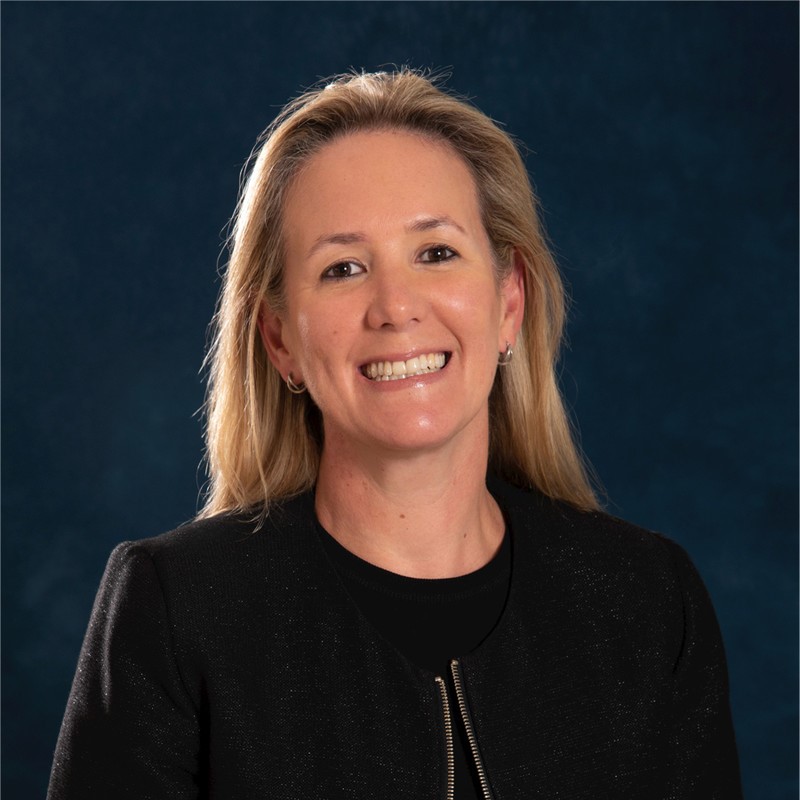Although the content of the article(s) archived were correct at the time of writing, the accuracy of the information should not be relied upon, as it may have been subject to subsequent tax, legislative or event changes.
Important Notice
Although the content of the article(s) archived were correct at the time of writing, the accuracy of the information should not be relied upon, as it may have been subject to subsequent tax, legislative or event changes.
- News
Earlier this week we announced some changes to our future charging structure.
Since then, we have had some further questions and would like to take this opportunity to clarify some misconceptions.

At a glance
Earlier this week we announced some changes to our future charging structure.
Since then, we have had some further questions and would like to take this opportunity to clarify some misconceptions.
1. Why are we waiting until 2025 to implement the changes?
There is a substantial programme of system and process change required to implement the changes we have announced, and these will take time to safely complete.
2. Are clients who are already invested with SJP and within their Early Withdrawal Charge period harmed by this implementation period?
Our testing shows that the Early Withdrawal Charge (EWC) delivers strong client value and is also well understood by our clients. We remain of this view, however we also recognise that consumers value comparability and therefore we are making the changes announced.
3. Do these changes only apply to new clients?
All new and existing clients will benefit from lower ongoing charges at the time of implementation.
With consumer expectations and the regulatory landscape continuing to change, we believe that an easily comparable structure will be valuable for consumers in the future.
This means we will be removing the EWC for new investments from 2025 to enable us to separate the components of our charges, which will help to make our charging structure simple and more comparable with others in the marketplace. Clients with existing bond and pension investments that are still within the six-year gestation period will transition to the new charging structure for those investments once the EWC period has ended, but any new money invested by those clients will be invested in line with the new structure as soon as the changes are implemented.
4. Why do we not switch clients / assets invested within the EWC structure straight into the new charging structure when it becomes available in 2025?
Investments currently within the applicable six-year EWC period benefit from the existing ongoing product charge being waived. It would not be in the interests of clients to transition their investment to the new charging structure, where an ongoing product fee would then apply.
Most recent articles



